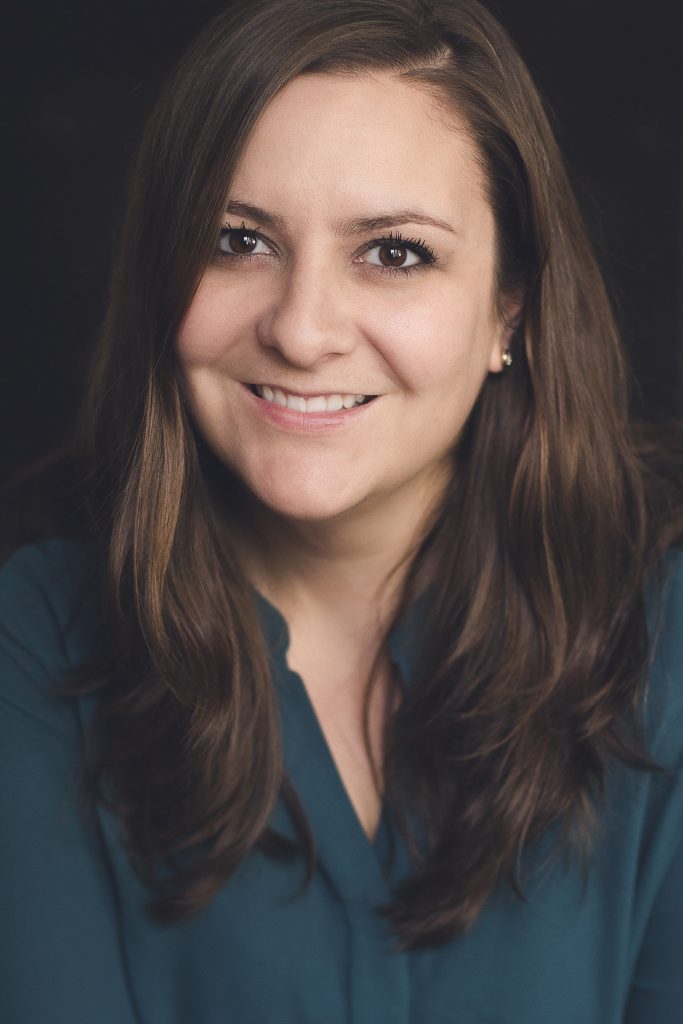Are Your Family Bank Accounts Safe?

Parenting involves so many firsts—the first time your baby (finally) sleeps through the night, their first bites of solid food, their first steps, the first day of school, and so many other milestones. For many families, setting up your child’s RESP or first bank account is an exciting time, too. Some families introduce their kids to banking early on, while others start by offering an allowance (or at least funding that Pokemon card habit for a few more years). In any case, our kids begin to learn financial literacy from us, their parents. But as well-practiced as we may be at budgeting, saving, and paying our bills on time, we may not know whether or not the money in our family bank accounts is protected in the event of a bank failure.
Here’s the thing: the Canadian banking system is pretty strong, but it’s not foolproof. Your money is probably safe—but probably isn’t necessarily good enough when you’re talking about the security of your home and loved ones. Knowing this, many financial institutions are protected by the Canada Deposit Insurance Corporation (better known as the CDIC). It’s basically insurance for your bank accounts that is paid for by the financial institutions themselves rather than by individual account holders. It’s incredibly important, but not all financial institutions have this protection in place—so, it’s your job to make sure you’re in good hands.
Since the CDIC was established in 1967, they’ve handled the failure of 43 financial institutions in Canada. This translates to about two million people’s bank accounts, guess what? Not one of those two million people lost money under CIDC protection when their bank failed.
Knowing where to save and invest your money can be complicated, and there are a lot of different options. There’s no one-size-fits-all banking solution because every family has different needs and goals—but at the end of the day, we all need to know that our money is safe. Having CDIC coverage is like wearing a life jacket on a boat. You probably won’t end up in the water but if you do, you’re going to be really grateful that you thought ahead and put on that floatation device—even more so when the sea is feeling a bit choppy.
How your family bank accounts are protected
Like other insurance, the CDIC protects you from unexpected financial hardship in the event of an emergency. Unlike most insurance, which you research and pay for directly, member institutions pay premiums to CDIC to provide coverage to their depositors. There’s no cost to you, and if your bank is covered, you’ll be covered no matter who you are, how you earn or how you deposit your money. Here’s what’s covered:
- Savings and chequing accounts
- Guaranteed Investment Certificates (GICs) and other term deposits
- Money orders and bank drafts
- Certified cheques
- Foreign currency (for example, a U.S. bank account)
Here’s what isn’t covered: mutual funds, stocks and bonds, ETFs, and cryptocurrency. It’s pretty straightforward, and if your bank is covered, so are your deposits—no special action is needed on your part. (On behalf of all busy parents: phew.)
Ask your financial institution if you’re covered
The CDIC works with a lot of Canadian financial institutions, but you should definitely check to make sure yours is on the list. Here’s an easy search feature—if you’re still not sure if your accounts are protected, reach out to your financial institution directly. You may want to ask about your savings, your kids’ bank accounts and their RESPs (which are protected separately from your savings – yay!). It won’t take long and it will feel good knowing you’re covered. Better safe than sorry, especially when it comes to your family’s financial security and peace of mind.
Thanks to the Canada Deposit Insurance Corporation for partnering with us on this post. For more information visit www.cdic.ca.
















